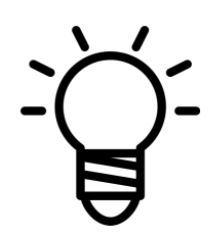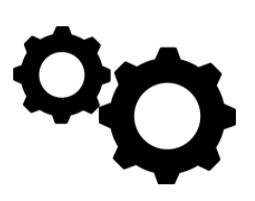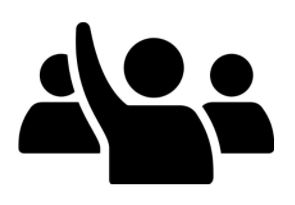Mathematics 6 & 7
For further information please click here.
Big Ideas

|
| Decimals, fractions, and percents are used to represent and describe parts and wholes of numbers. |
Computational fluency and flexibility with numbers extend to operations with integers and decimals. |
Linear relations can be represented in many connected ways to identify regularities and make generalizations. |
Properties of objects and shapes can be described, measured, and compared using volume, area, perimeter, and angles.
_________________________________
The constant ratio between the circumference and diameter of circles can be used to describe, measure, and compare spatial relationships. |
Data from the results of an experiment can be used to predict the theoretical probability of an event and to compare and interpret.
_________________________________
Data from circle graphs can be used to illustrate proportion and to compare and interpret. |
Curricular Competency

|
Content

|
| We will be investigating the following content this year: |
| in Mathematics 6 |
in Mathematics 7 |
|
We are working on developing the following areas:
Reasoning and analyzing
- Use logic and patterns to solve puzzles and play games
- Use reasoning and logic to explore, analyze, and apply mathematical ideas
- Estimate reasonably
- Demonstrate and apply mental math strategies
- Use tools or technology to explore and create patterns and relationships, and test conjectures
- Model mathematics in contextualized experiences
Understanding and solving
- Apply multiple strategies to solve problems in both abstract and contextualized situations
- Develop, demonstrate, and apply mathematical understanding through play, inquiry, and problem solving
- Visualize to explore mathematical concepts
- Engage in problem-solving experiences that are connected to place, story, cultural practices, and perspectives relevant to local First Peoples communities, the local community, and other cultures
Communicating and representing
- Use mathematical vocabulary and language to contribute to mathematical discussions
- Explain and justify mathematical ideas and decisions
- Communicate mathematical thinking in many ways
- Represent mathematical ideas in concrete, pictorial, and symbolic forms
Connecting and reflecting
- Reflect on mathematical thinking
- Connect mathematical concepts to each other and to other areas and personal interests
- Use mathematical arguments to support personal choices
- Incorporate First Peoples worldviews and perspectives to make connections to mathematical concepts
|
Term 1
- small to large numbers (thousandths to billions)
- multiplication and division facts to 100 (developing computational fluency)
- order of operations with whole numbers
- factors and multiples — greatest common factor and least common multiple
- one-step equations with whole-number coefficients and solutions
Term 2
- improper fractions and mixed numbers
- introduction to ratios
- whole-number percents and percentage discounts
- multiplication and division of decimals
- increasing and decreasing patterns, using expressions, tables, and graphs as functional relationships
- line graphs
- financial literacy — simple budgeting and consumer math
Term 3
- perimeter of complex shapes
- area of triangles, parallelograms, and trapezoids
- angle measurement and classification
- volume and capacity
- triangles
- combinations of transformations
- single-outcome probability, both theoretical and experimental
|
Term 1
- multiplication and division facts to 100 (extending computational fluency)
- operations with integers (addition, subtraction, multiplication, division, and order of operations)
- two-step equations with whole-number coefficients, constants, and solutions
Term 2
- operations with decimals (addition, subtraction, multiplication, division, and order of operations)
- relationships between decimals, fractions, ratios, and percents
- discrete linear relations, using expressions, tables, and graphs
- financial literacy — financial percentage
Term 3
- circumference and area of circles
- volume of rectangular prisms and cylinders
- Cartesian coordinates and graphing
- combinations of transformations
- circle graphs
- experimental probability with two independent events
|


